…the Wurundjeri Willam people of the Kulin Nation are recognised today as the traditional owners and occupiers of land that now comprises Nillumbik Shire…
In February 1836, Joseph Tice Gelllibrand set out to explore the northern and eastern sections of land claimed by the Port Phillip Association under the Batman Treaty. His party included Stewart, one of Batman’s ‘Sydney natives.’
The Governor of New South Wales, Sir Richard Bourke, declared Batman’s treaty with the aborigines to be ‘null and void as against the rights of the Crown’. He did however advocate early official occupation of Port Phillip.
In May 1836, following receipt of a despatch ‘authorising the settlement of Port Phillip’, Police Magistrate George Stewart of the Goulburn district, was sent to prepare a report on the settlement and neighbouring country. He was accompanied by two Sydney policemen. He met with a large group of aborigines and found a population of less than 200 Europeans spread over ‘about 100 miles of country’. In his report of 10 June 1836, Stewart referred to the town as ‘Bearbrass’. The Port Phillip settlement was officially named Melbourne during a visit by Governor Bourke in March 1837.
Following Gellibrand’s visit in 1836, Henry Arthur set up his head station below the Nillumbik lagoon at Diamond Creek, which he held until 1841.
Soon after arrival at Port Phillip in 1841, John Bear purchased freehold land at Yan Yean where he established his New Leicester Farm. He also leased an extensive tract of land to the east of the Plenty River.
On 1 January 1844 Patrick Reid took over the squatting licence for the Stewart’s Ponds run, held by McLachlan and Campbell from 1841 to 1843. He changed the name of his eight square mile run to Hazel Glen. Bill Payne records in The Plenty, that ‘When Patrick and Agnes Reid and their family came to live at ‘Hazel Glen’; a large party (of aboriginals) was camped nearby. Agnes was terrified, but Patrick persuaded her all would be well, and so it proved to be.
Other leaseholders residing in the district during the 1850s included the Smith brothers of ‘Glen Ard’ on the upper Arthurs Creek and Archibald Macfarlane of ‘Ardchattan’ on the Running Creek.
At this time, there were many shepherd huts and water holes scattered throughout the district. Some considered the country to be occupied by the shepherds, who were employed by local squatters to look after their sheep. Working with sheep was of a labour intensive nature, particularly with the requirement of sheep washing before shearing and the demand of English wool firms for clean, non-greasy wool.
The selection acts of the 1860s were the result of pressure to unlock the land held by the squatters. The acts encouraged closer settlement and increased agricultural production, by allowing former leaseholders and settlers of limited means to locate themselves on land which they could call their own.
‘Dummying’ and ‘Peacocking’ were used by some squatters to oppose selection and retain control of the land. ‘Dummying’ involved the use of non-existent free settlers to purchase land with money provided by the squatter. The land was handed over to the squatter, once the title had been completed. Sometimes the squatter was caught out and the dummy kept the land.
‘Peacocking’ involved picking out the eyes of the land, by selecting or buying choice pieces and water frontages, making the adjoining territory practically useless to anyone else.
Under the Duffy Land Act, which came into force on 10 September 1862, pastoral leases in the Arthurs Creek district were cancelled and the land surveyed and thrown open for selection. The first selectors at Arthurs Creek were John Ryder and Charles Draper of ‘Charnwood’. Draper and Ryder were friends and are said to have ‘tossed up for first pick’ of the allotments. It was objected by the land officers that the site was too near Melbourne to be taken up under the act, but that objection was soon overcome.’
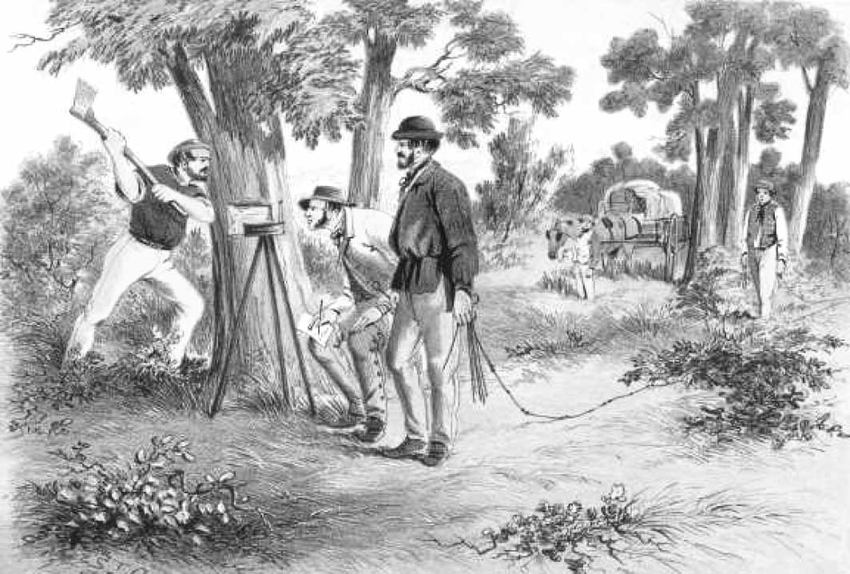
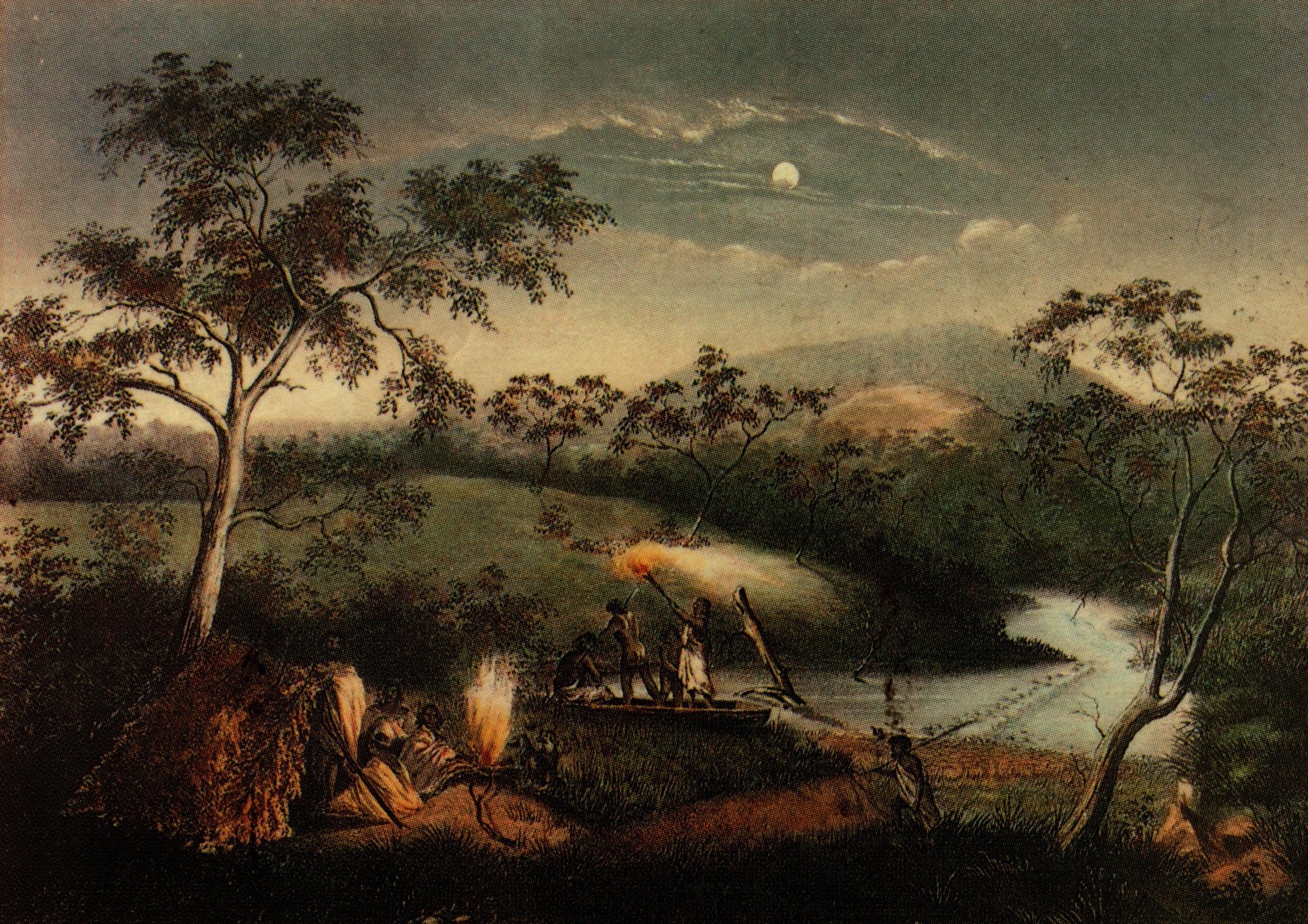
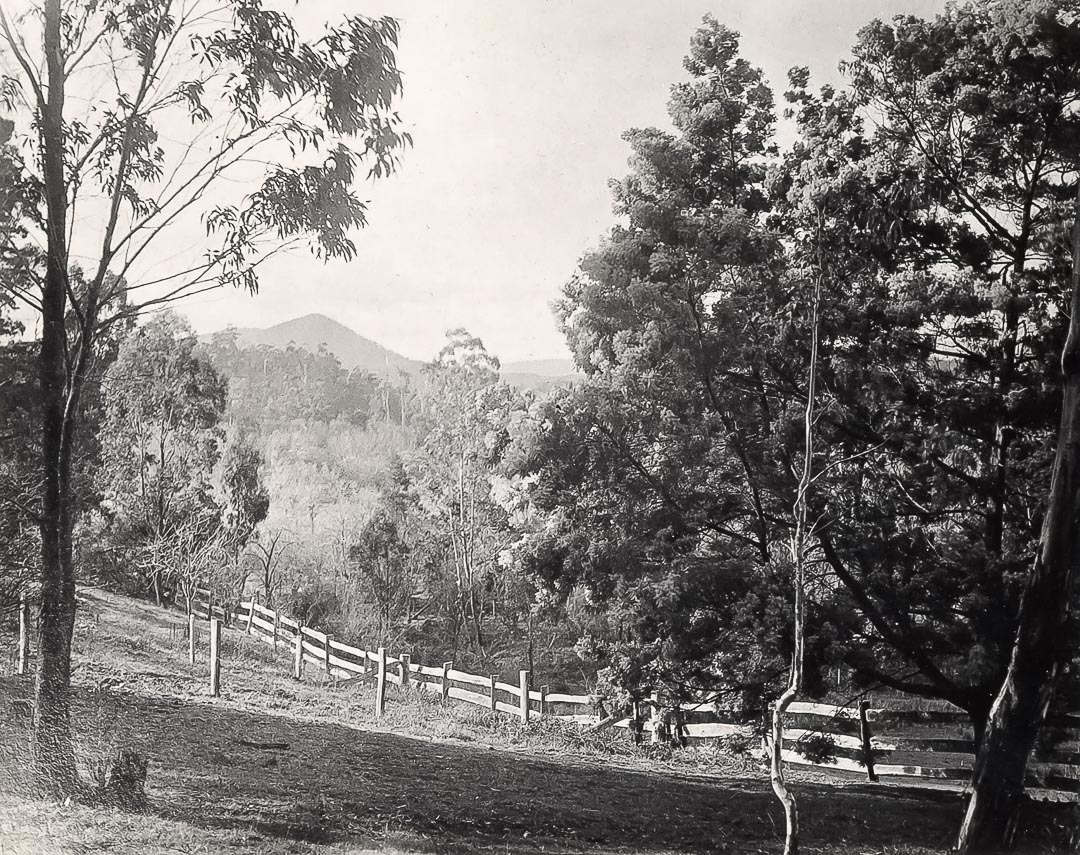
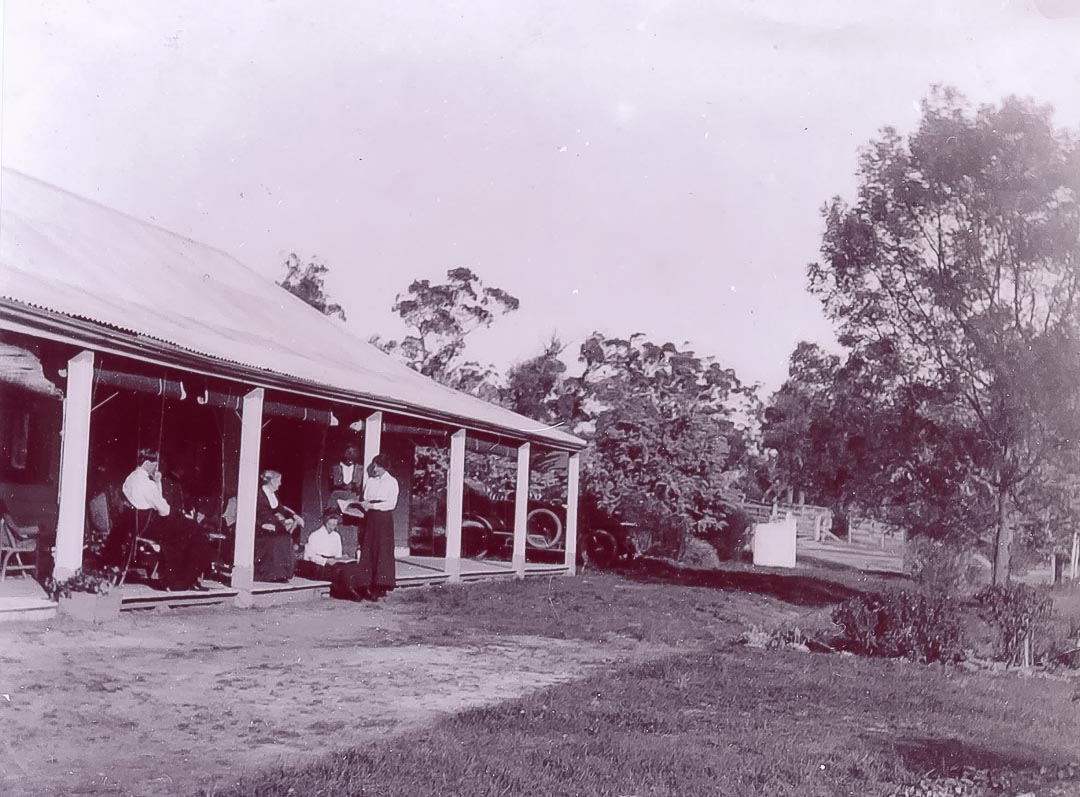
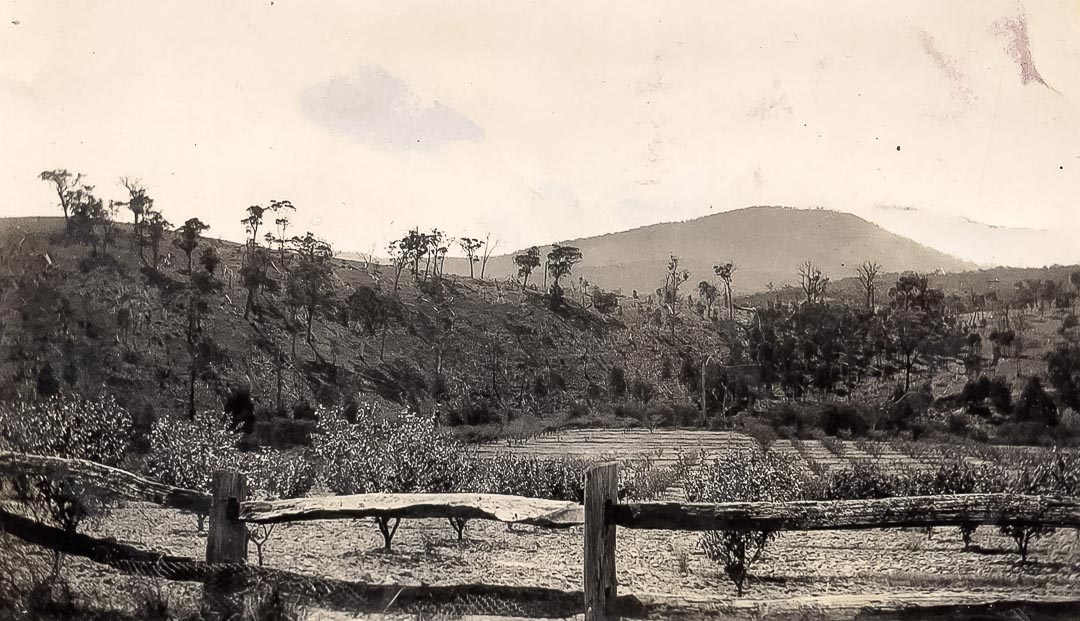
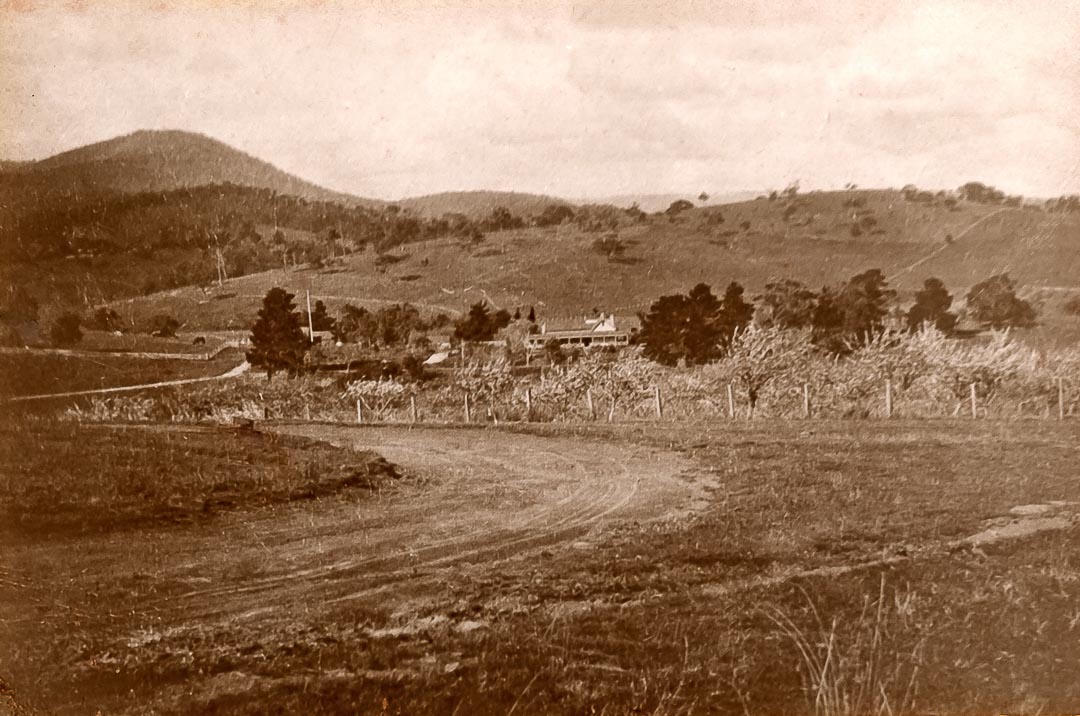
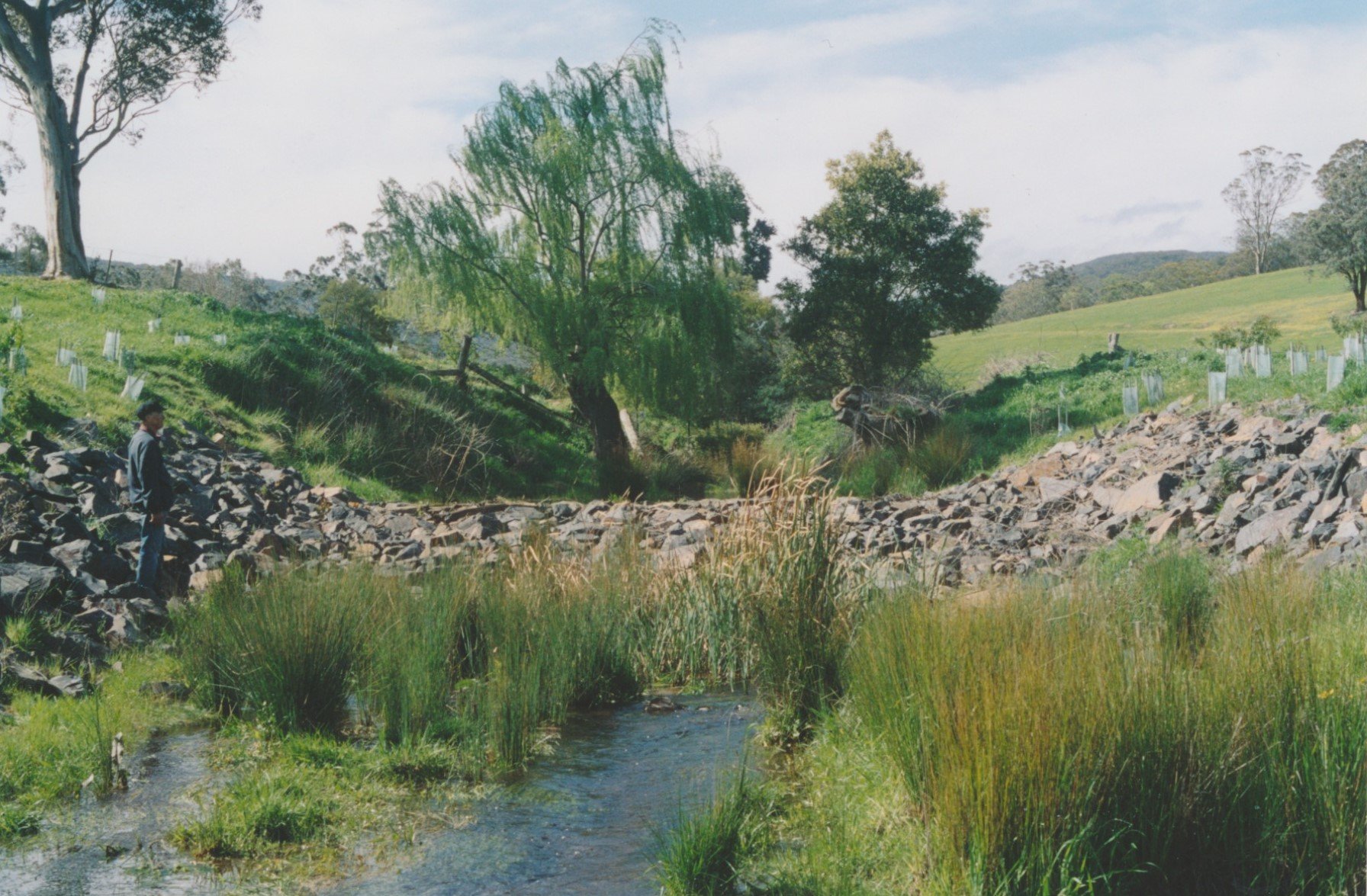
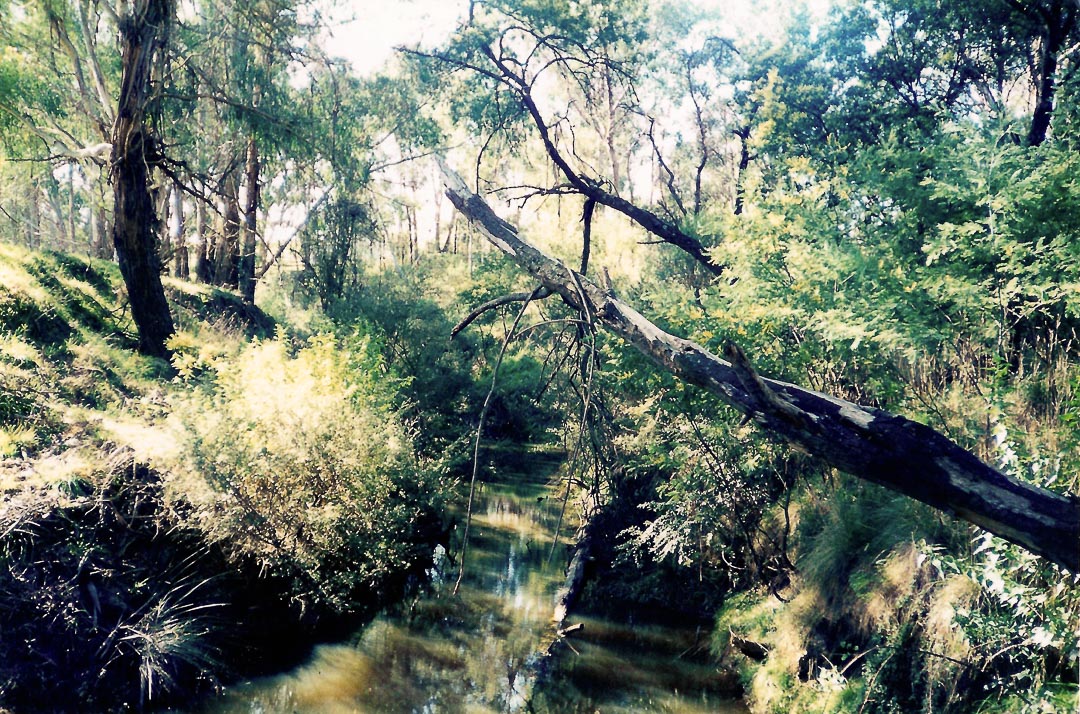
0 Comments